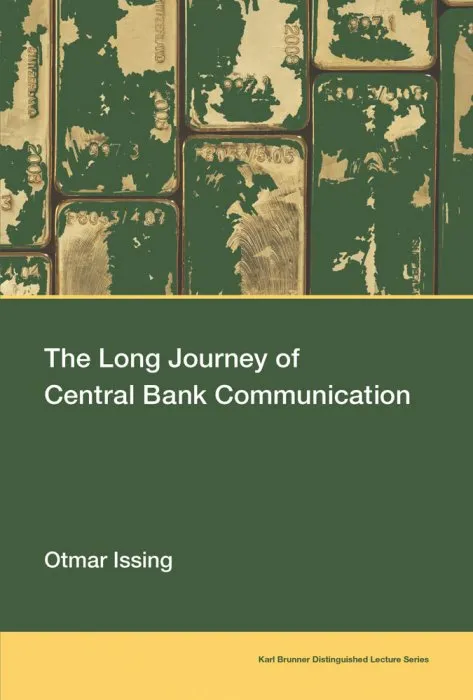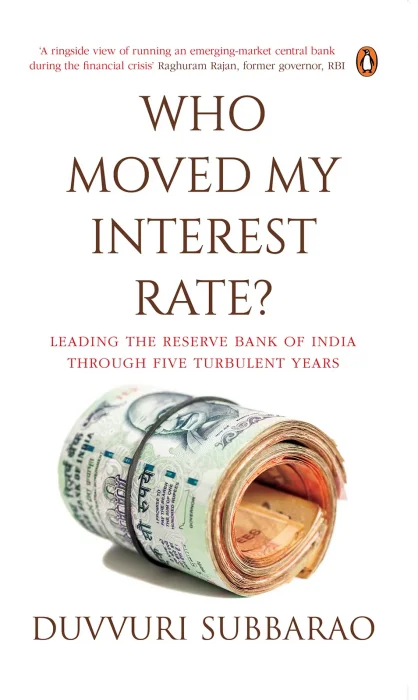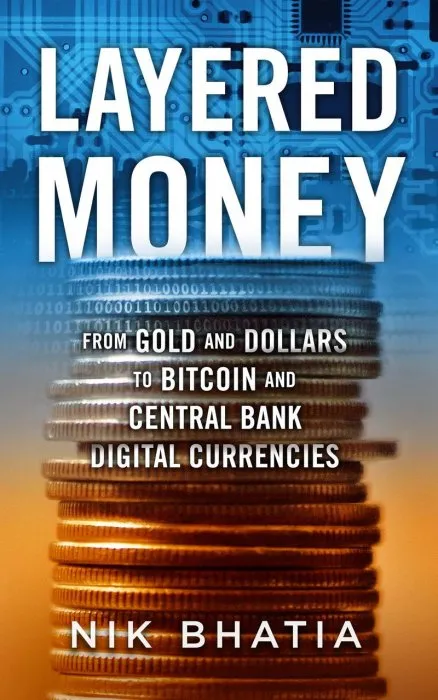The Long Journey of Central Bank Communication (Karl Brunner Distinguished Lecture)

Date: October 1st, 2019
Сategory: Business, Economics
ISBN: 0262537850
Language: English
Number of pages: 104 pages
Format: EPUB
Add favorites
A leading economist and former central banker discusses the evolution of central bank communication from secretiveness to transparency and accountability.
Central bank communication has evolved from secretiveness to transparency and accountability—from a reluctance to give out any information at all to the belief in communication as a panacea for effective policy. In this book, Otmar Issing, himself a former central banker, discusses the journey toward transparency in central bank communication. Issing traces the development of transparency, examining the Bank of England as an example of extreme reticence and European Central Bank's President Mario Draghi as a practitioner of effective communication. He argues that the ultimate goal of central bank communication is to make monetary policy more effective, and describes the practice and theory of communication as an evolutionary process. For a long time, the Federal Reserve never made its monetary policy decisions public; the European Central Bank, on the other hand, had to adopt a modern communication strategy from the outset.
Issing discusses the importance of guiding expectations in central bank communication, and points to financial markets as the most important recipients of this communication. He discusses the obligations of accountability and transparency, although he notes that total transparency is a "mirage." Issing argues that the central message to the public must always be that the stability of a nation's currency is the bank's priority.
Central bank communication has evolved from secretiveness to transparency and accountability—from a reluctance to give out any information at all to the belief in communication as a panacea for effective policy. In this book, Otmar Issing, himself a former central banker, discusses the journey toward transparency in central bank communication. Issing traces the development of transparency, examining the Bank of England as an example of extreme reticence and European Central Bank's President Mario Draghi as a practitioner of effective communication. He argues that the ultimate goal of central bank communication is to make monetary policy more effective, and describes the practice and theory of communication as an evolutionary process. For a long time, the Federal Reserve never made its monetary policy decisions public; the European Central Bank, on the other hand, had to adopt a modern communication strategy from the outset.
Issing discusses the importance of guiding expectations in central bank communication, and points to financial markets as the most important recipients of this communication. He discusses the obligations of accountability and transparency, although he notes that total transparency is a "mirage." Issing argues that the central message to the public must always be that the stability of a nation's currency is the bank's priority.
Download The Long Journey of Central Bank Communication (Karl Brunner Distinguished Lecture)
Similar books
Information
Users of Guests are not allowed to comment this publication.
Users of Guests are not allowed to comment this publication.




